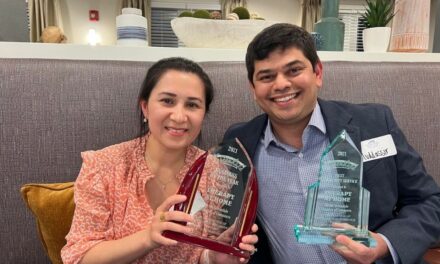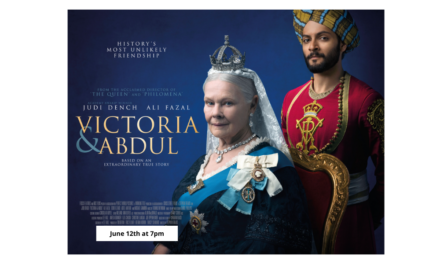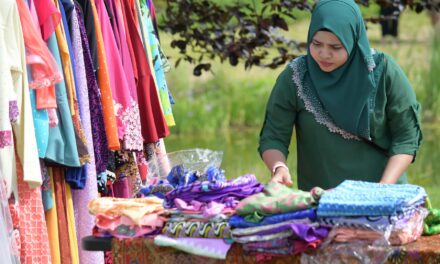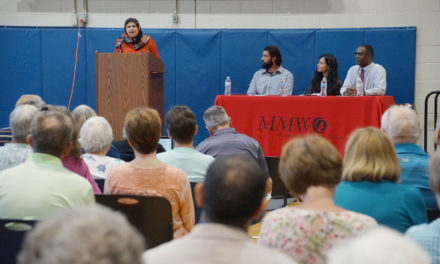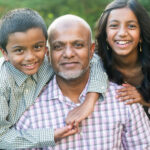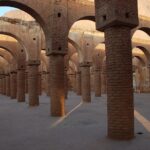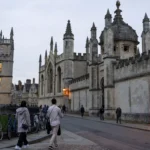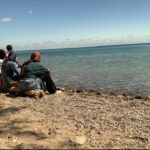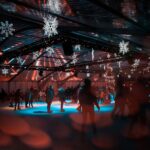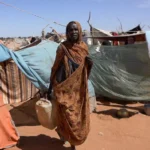
Photo by Mouna Photography
Muslim artist Rida Fatima was one of five featured artists at Interfaith Conference of Greater Milwaukee’s Amazing Faiths Dinner Thursday, hosted by the Milwaukee Art Museum.
“For me, the connection between faith and art is pretty direct,” Islamic artist Rida Fatima said in interview Tuesday with Wisconsin Muslim Journal. A large part of her work features verses from the Qur’an or hadith (verified teachings of Prophet Muhammad) in Arabic calligraphy. “My faith is on the canvas.”
Fatima was one of five Wisconsin artists of different faiths invited to speak yesterday at the Amazing Faiths Project: Faith as the Artist’s Muse, hosted by the Milwaukee Art Museum. The Amazing Faiths Project is a series of dinner dialogues organized by the Interfaith Conference of Great Milwaukee, a 52-year-old nonprofit organization dedicated to building interfaith relationships in Greater Milwaukee.
About 75 people of various spiritual and religious backgrounds gathered in MAM’s majestic atrium for the first MAM-hosted Amazing Faiths Dinner to hear artists Fatima, Colette Odya Smith, Sonja Pavlik, Sahar Steiner and Suzanne Stone discuss how their faith inspires them. Over dinner, guests participated in roundtable discussions about faith and creativity, facilitated by members of the Interfaith Conference of Greater Milwaukee.
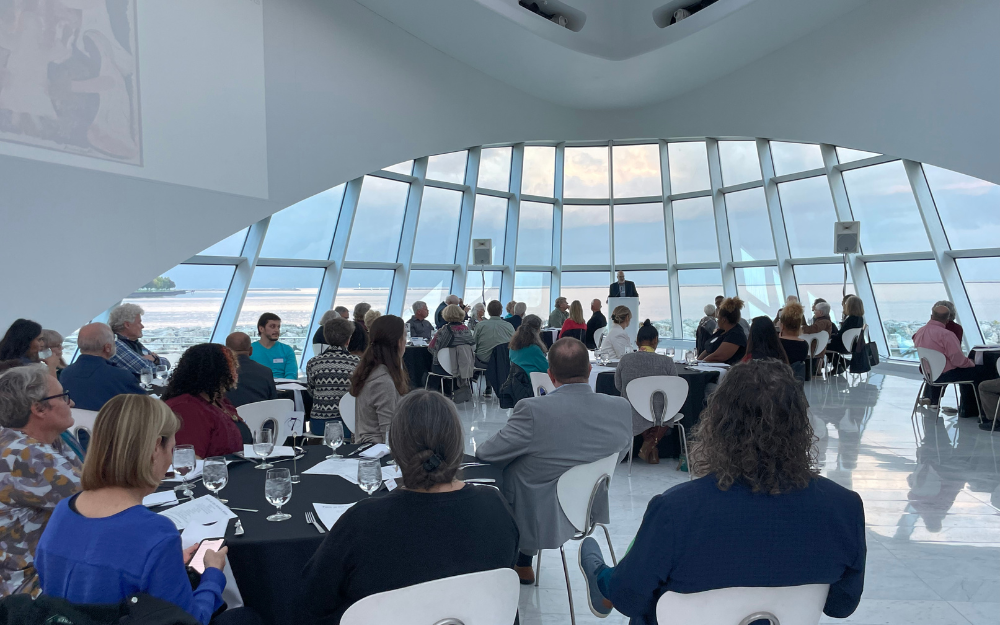
Photo by MMWC
Guests at Thursday’s Amazing Faiths Dinner dined in Milwaukee Museum of Art’s spectacular atrium.
“What really excited me about hosting this event is that, central to Milwaukee Art Museum’s mission, we are a space to gather people across a variety of perspectives,” said Kantara Souffrant, Ph.D., MAM’s curator of community dialogue. “It is an opportunity to marry the various but coalescing values Interfaith brings to the table—its commitment to dialogue across communities of faith and its commitment to transformation through faith—and MAM’s commitment to gathering, and bearing witness and understanding one another through art.”
Highlighting connections between art and faith
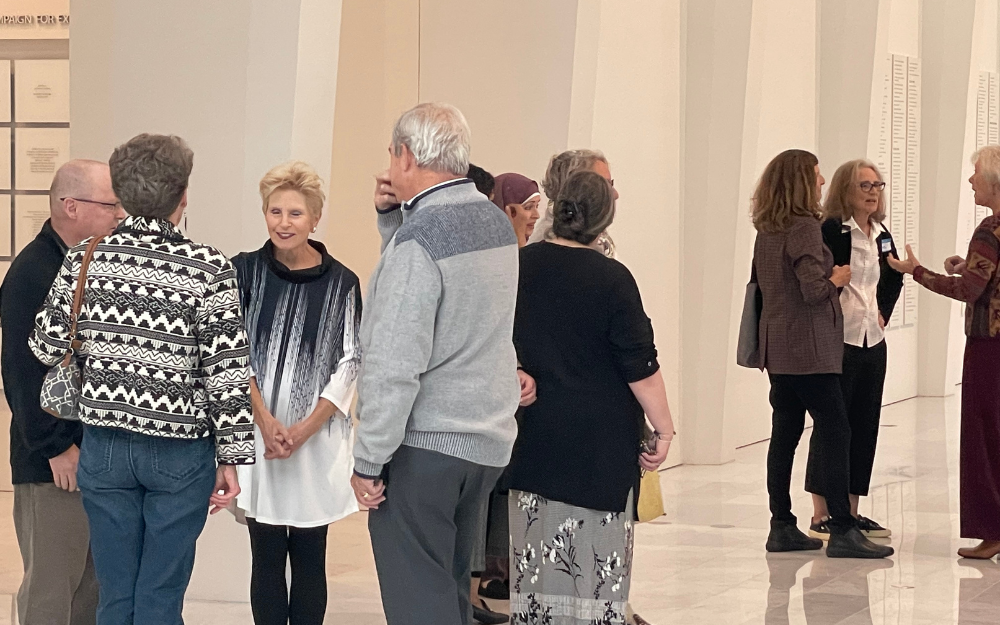
Photo by MMWC
Amazing Faiths Dinners bring together people from a variety of faith backgrounds to share perspectives.
“It is highly significant that MAM is stepping into this direction,” Colette Odya Smith told WMJ. An internationally exhibited, award-winning painter, educator and juror, Odya Smith works primarily in soft pastels from natural subjects, giving them “a contemporary, almost abstract sensibility,” her website says. “As an artist, as well as someone who supports interfaith work, I hope MAM is encouraged to continue this connection.
“The art world has become very secular. You can have a commitment to a cause of justice or equity or marginalized voices, all of which are important spiritual things, but the minute you align that with a particular faith or a community of faith or use religious or spiritual terms, there are many who stop taking you seriously. People who are religious or spiritual are sometimes viewed as suspect or somehow less.
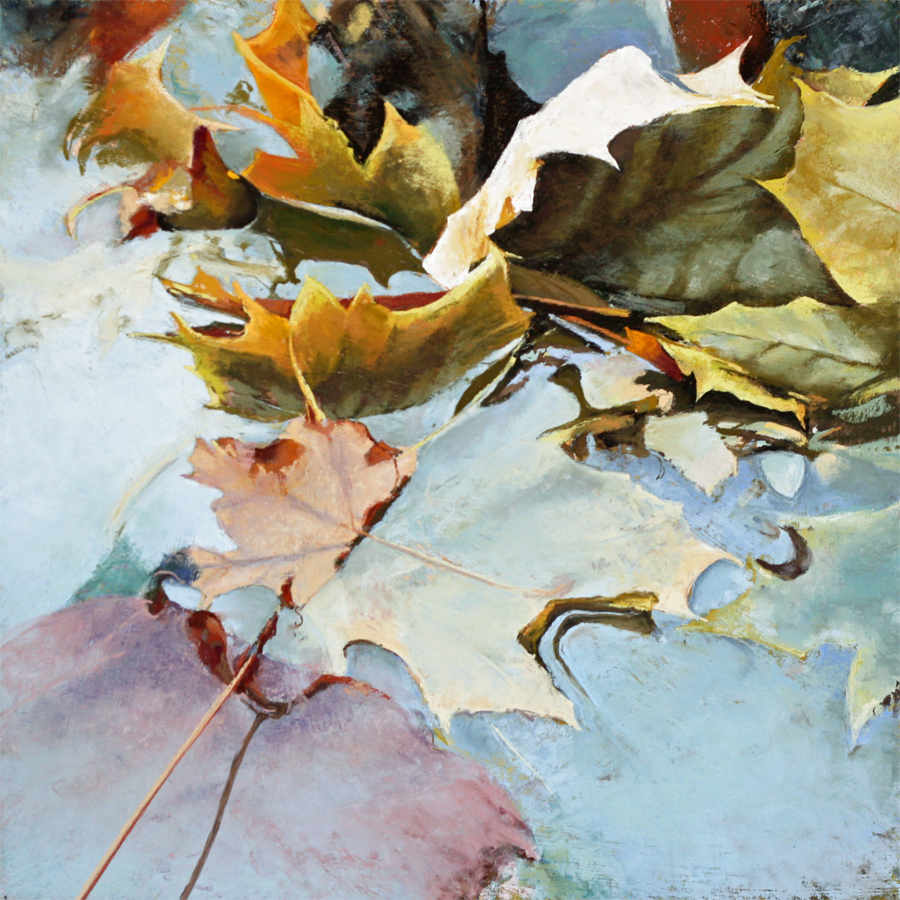
“The Essence of Detachment,” a pastel/watercolor by artist Colette Odya Smith
“The role of faith in art is almost never talked about today,” she continued. “But it wasn’t always this way. When we look at historic art, people seemed to be very comfortable with discussing the religious context. Much historic art was created in the service of God and of religion, whether it was ancient Egypt or Greece or European medieval cathedrals.
“Yet, when I talk with artists on a personal level, individual artists almost always express the importance of the spiritual connection for them. For so many artists today, creativity is a deeply spiritual thing, even if they are talking about the human spirit. The whole idea is that art gives physical form to things that are intangible.”
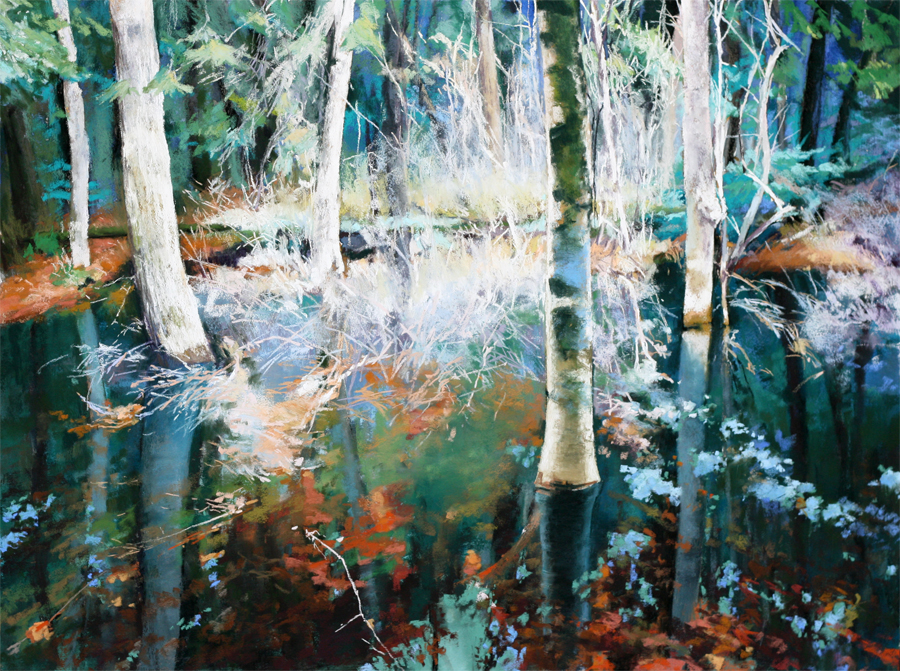
“The Secret Door,” a pastel/watercolor by artist Colette Odya Smith
The inspiration for “Faith as the Artist’s Muse” as a theme for an Amazing Faiths Dinner was a conversation in 2020 between Odya Smith and photographer Cherrie Hanson, who was the Amazing Faiths Project director for the Interfaith Conference of Greater Milwaukee at the time. (Hanson is now the Special Projects Director for Milwaukee Muslim Women’s Coalition.)
“We were talking about being artists who are conduits of spirit,” Hanson recalled in an interview Tuesday with WMJ, “how we have to get out of the way and the art comes through. Then it occurred to me this would be a great topic for an Amazing Faiths Dinner.”
Amazing Faiths Project, adopted by the Interfaith Conference of Greater Milwaukee in 2011, “aims to gather people in dialogue, share a meal and connect to what we have in common so we can learn about each other’s faith, culture, ideas and philosophies,” Hanson explained.
Smith’s husband, Richard (Dick) Smith was the Baha’i representative to the Interfaith Conference of Greater Milwaukee and, in 2020, worked with Hanson on planning of the “Faith as the Artist’s Muse” dinner. “He told Hanson I might be a resource in planning this event,” Odya Smith said. “Being a part of my creative process for more than 30 years, he certainly understands the role my faith plays in my painting life.”
Interfaith Conference of Greater Milwaukee’s Amazing Faiths Dinners are organized by its Committee for Interfaith Understanding, chaired by Janan Najeeb, president of the Milwaukee Muslim Women’s Coalition. The Amazing Faiths Project went on hiatus during the pandemic and Hanson moved to MMWC before it resumed. Thursday’s event at MAM was the first post-pandemic Amazing Faiths Dinner.
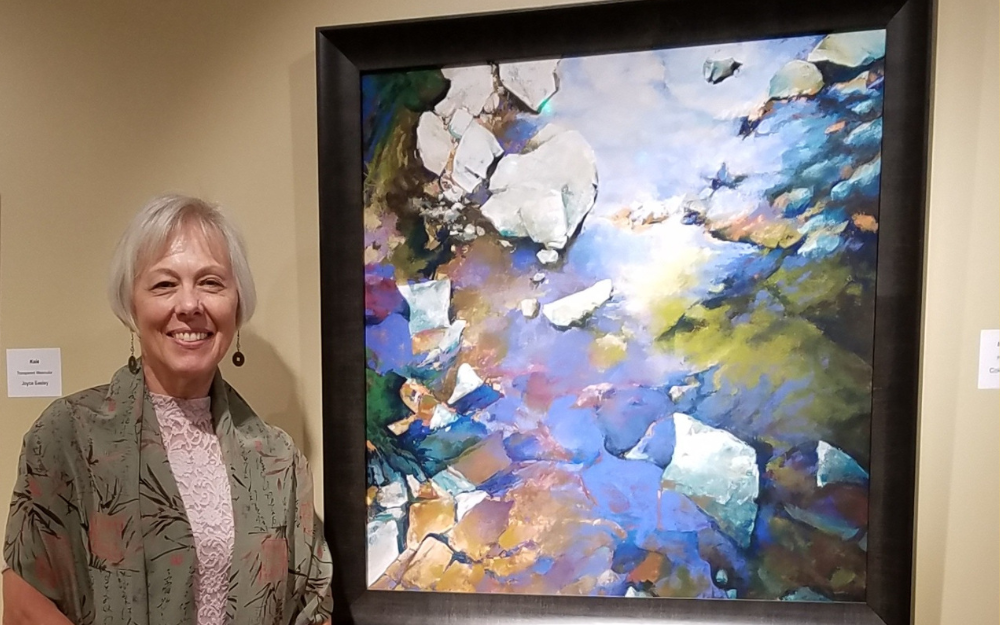
Colette Odya Smith with her painting “In High Spirits” at the “WOW: Women of Wisconsin” exhibit at Alverno College in 2019.
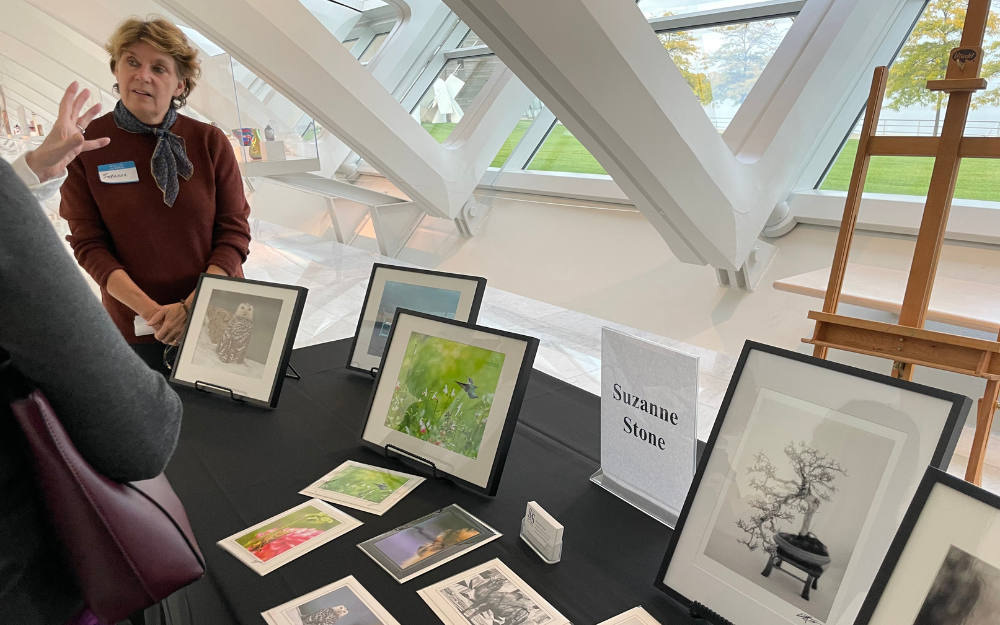
Photo by MMWC
Photographer Suzanne Stone chats with a visitor at a display of her work at the Milwaukee Art Museum.
“What I like (about speaking at the Amazing Faiths Dinner) is that it is not about promoting my art; it is about provoking thought,” Odya Smith said. Her faith enabled her to pursue art, she explained. “I was always happy in my corner with crayons and scissors,” she said. “I studied art, got my teaching certificate and taught art for a number of years, raised a couple of children but didn’t pursue art seriously until midlife.
“One reason I didn’t was because I had a misunderstanding. As an art major, my education left me with the idea that the way of an artist is ego-driven, that it was about shouting out to the world, ‘Look at what I’m expressing’ Look at my ideas!’ I couldn’t do it.
“It was actually specific writings in the Bah’ai scriptures that address art, music, theatre, philosophy, medicine, all kinds of topics, that helped me find an understanding of the role of art and the importance of its connection to the human spirit and the divine spirit that I gained a whole different way of thinking about making art. Ever since then, I have been pretty serious about pursuing a painting career. It’s been a wonderful journey since then. It’s a way I can connect to the world and hopefully be of service.”
Odya Smith shared thoughts about her own faith-art connection in a 2021 lecture to the Bah’ai community.
Expressing an inner light
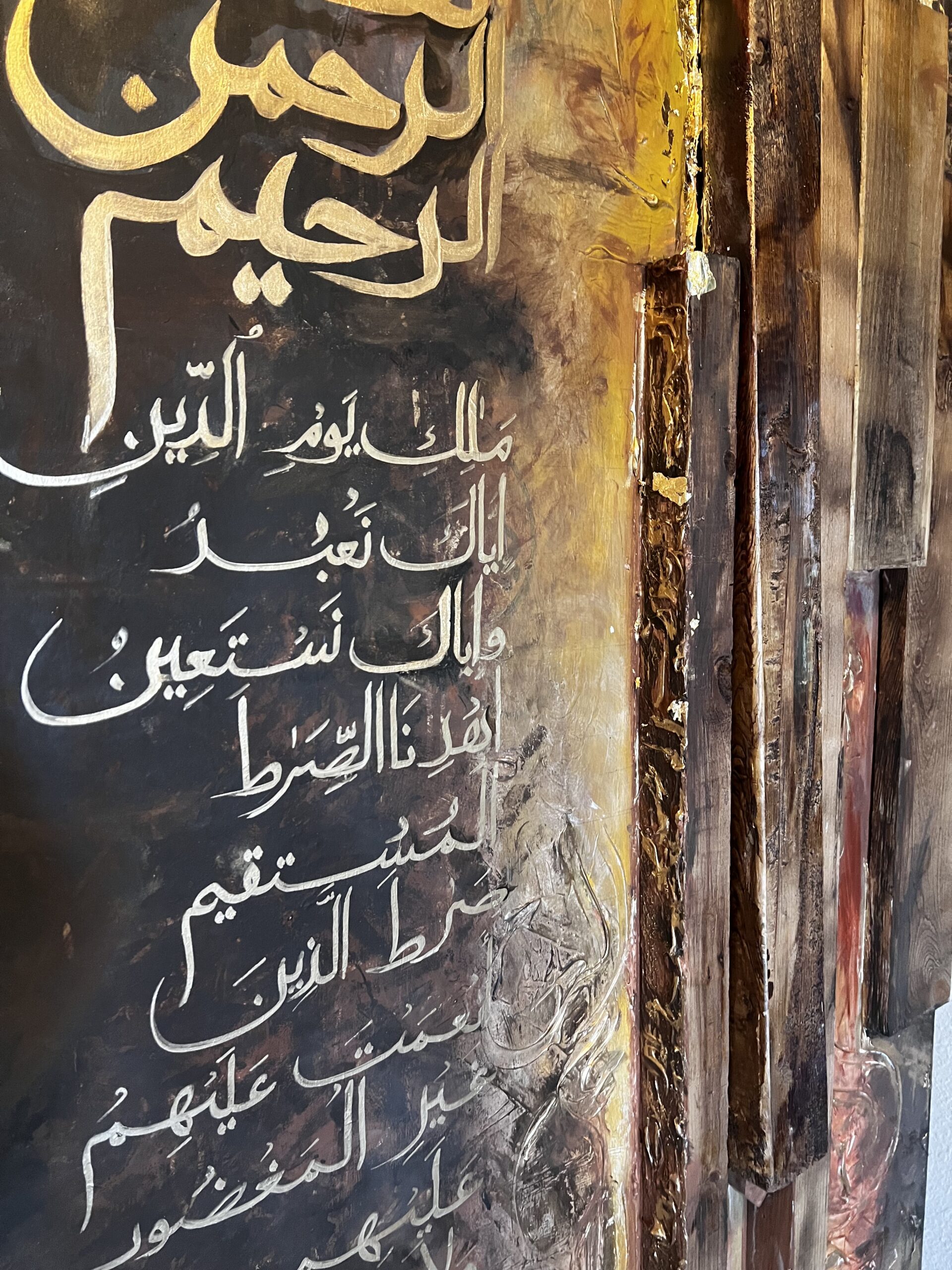
Photo courtesy of Rida Fatima
In the dozen years since Rida Fatima left her native Pakistan as a bride, her faith and her art have been her “two main constants,” she said. She was brought up in a religious family by a mother who is an artist. “Art-oriented people were always around me,” she recalled. “Then I moved here and these two constants that have been in my life forever sustained me.”
As she moved around the country with her husband as he pursued his medical career, her architectural drawings and calligraphy have been exhibited in galleries in New York, Chicago, St. Louis, Richmond, Columbus, Portland, New Brunswick and Laguna Beach, California. She currently has work on display in Milwaukee at the “Reflecting My Muslim Americanism” exhibition (Aug. 31-Oct. 23) at the MARN (Milwaukee Artist Resource Network) Art and Culture Hub, 191 N. Broadway, Milwaukee.
“For me, art and faith have always been intertwined. But it was not until preparing for this talk (at MAM) that I actually thought about it.”
While thinking of the relationship between art and faith, Fatima recently created “Hopeful,” an Arabic calligraphy piece that includes a prayer of hope. The verse on the piece means “I’ve never been disappointed in my prayer to you, my Lord.” This is the fourth piece she has created based on this verse. (The others were sold.)
It is from the story of Prophet Zakariya, when he asks Allah for an offspring, even though he and his wife are old, she explained. “So, of course, God gives them Yahya. The painting follows that barren land as it turns into a lush green.” Fatima also subtly incorporates another name of God, Al Muhaymin, into a corner of the painting, a name that means “even in your negligence, God is guarding you,” she said. “You probably won’t see it unless you are really looking for it,” she added.
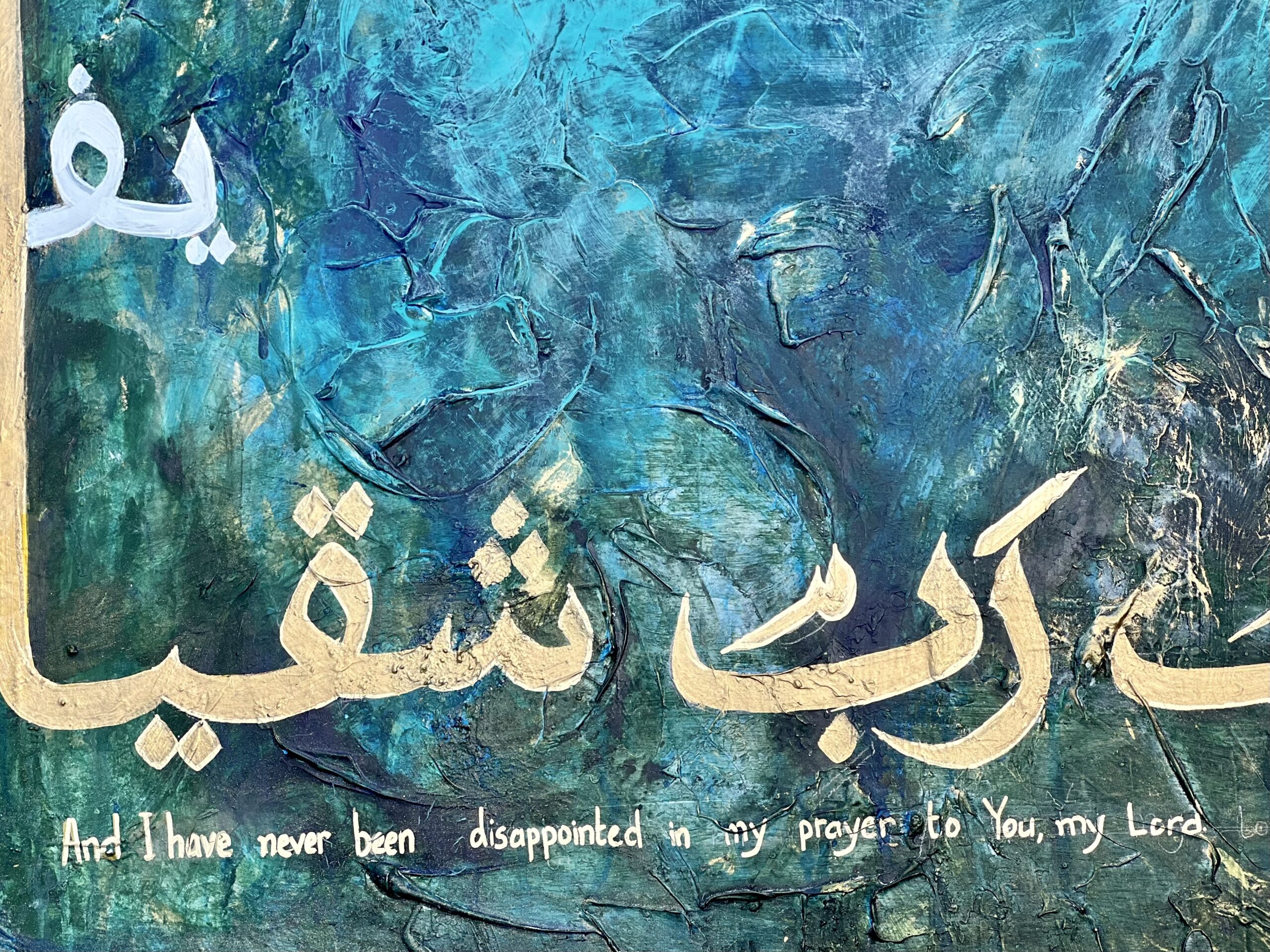
Photo courtesy Rida Fatima
“When I was preparing for the talk, I was thinking about art and faith deeply,” Fatima said. It led her to the message she shared with the audience at MAM: “One of the goals of Islam is for a person to find inner peace and noor, that’s ‘light’ in Arabic, something described in the Qur’an as Noor un Allah Noor, ‘light upon light.’
“In order to see something, you have to open your eyes and it has to be light out. So, for you to feel the tranquility, you have to turn on the inner light, your rooh, light from the heart. Just like there are two ingredients to physical light, there are two ingredients to spiritual light. Human beings have a yearning inside of us; we are looking for something to come from the outside and ignite that fire.
“At the core of us, there is light. And that light is something I want to portray on my canvas, so it can spread and be seen by people around me, and also light my own heart, always be present with me and never leave me alone.”
Fatima received the invitation to talk at the Amazing Faiths event while visiting Pakistan this summer. “I was telling my family as they woke up for breakfast,” she recalled. “I was like an excited little girl, sharing the news with my dad.
“I’m so excited to be at an event at the Milwaukee Art Museum,” she said. “I remembered when we came to Milwaukee and I saw this beautiful museum, right on the lake. I am excited to be a part of it, even for just a couple of hours.
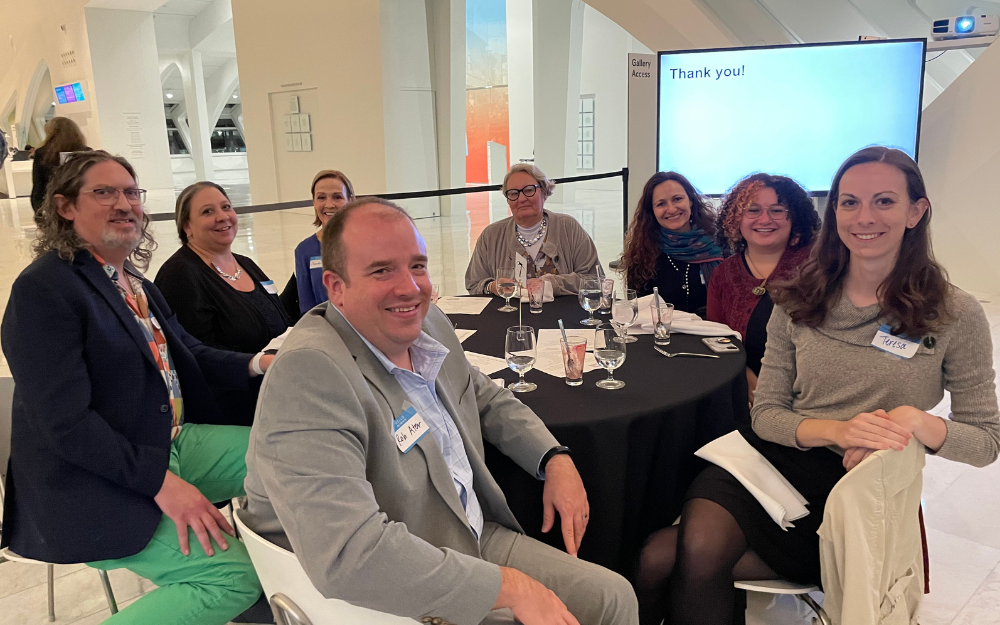
At roundtables, guests of different religious backgrounds shared views on creativity and faith.
